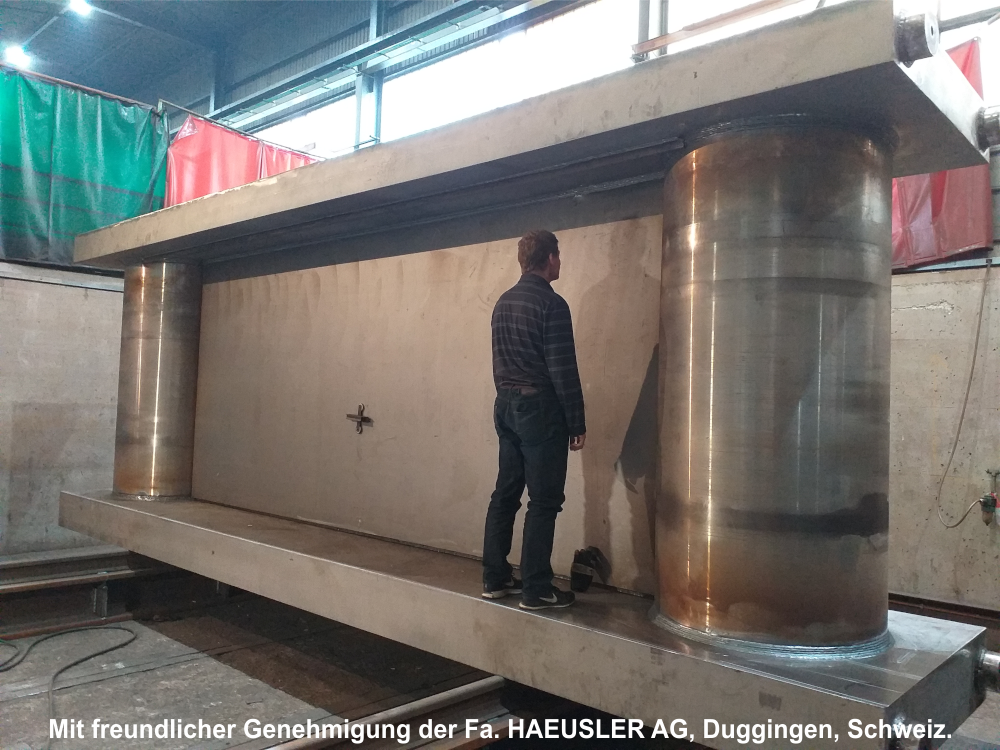Heavy machinery construction places special demands on the design of welded joints. Solid components with sheet thicknesses between 100 mm and 500 mm absorb the welding heat much faster than thin-walled components. The result is high cooling rates with common welding processes such as gas-shielded metal welding or submerged arc welding. Steels that can be welded in the thin sheet area can suddenly cause problems. This applies in particular to the common structural steel S355. Not every chemical composition permitted by the standard can be welded.

Root pass of fillet weld of thick sheets, strength depending on the cooling rate
Preheating, energy per unit length, chemical composition, conversion behavior, remaining microstructure … these are the interdependencies between process and material. DynaWeld can use suitable analyzes to determine which structure occurs depending on the material and welding process. In addition, DynaWeld can also make recommendations on the material for a given process.

Microstructure depending on the cooling rate
The question often arises as to whether preheating is necessary, how high it must be, or whether subsequent annealing must be carried out. All of these measures are directly associated with costs. Intelligent heat management and optimal process design with DynaWeld helps to save costs.
We use WeldWare® when designing the heat management. With DynaWeld® or Goldak – VrSuite® we can determine heat propagation and temperature fields even for complex geometries. The calculation of heat treatment measures such as stress relieving is also possible.

